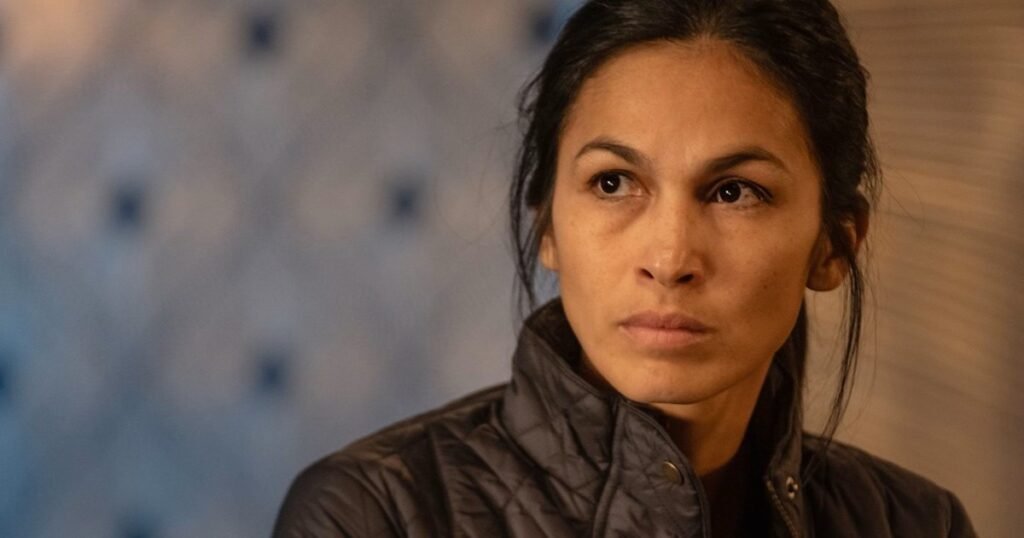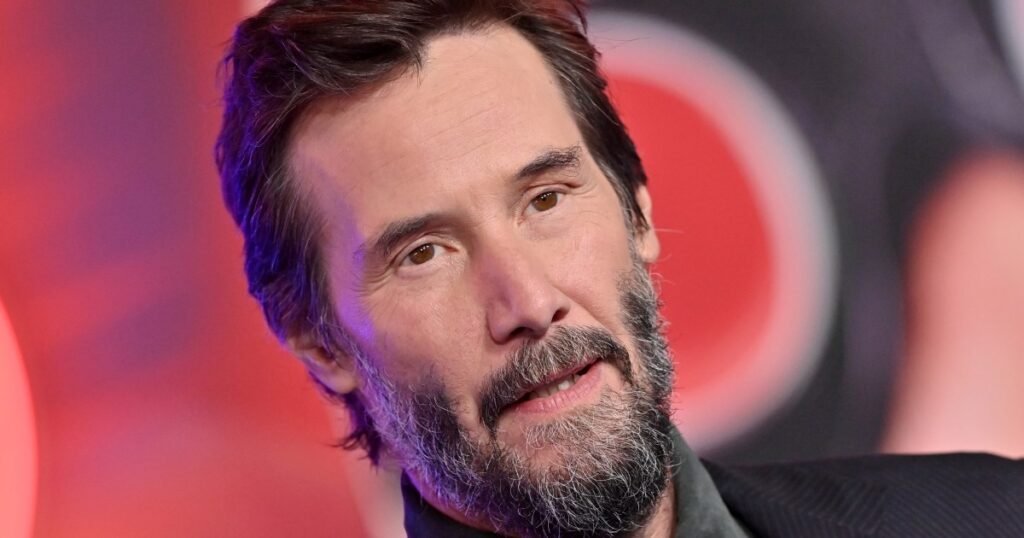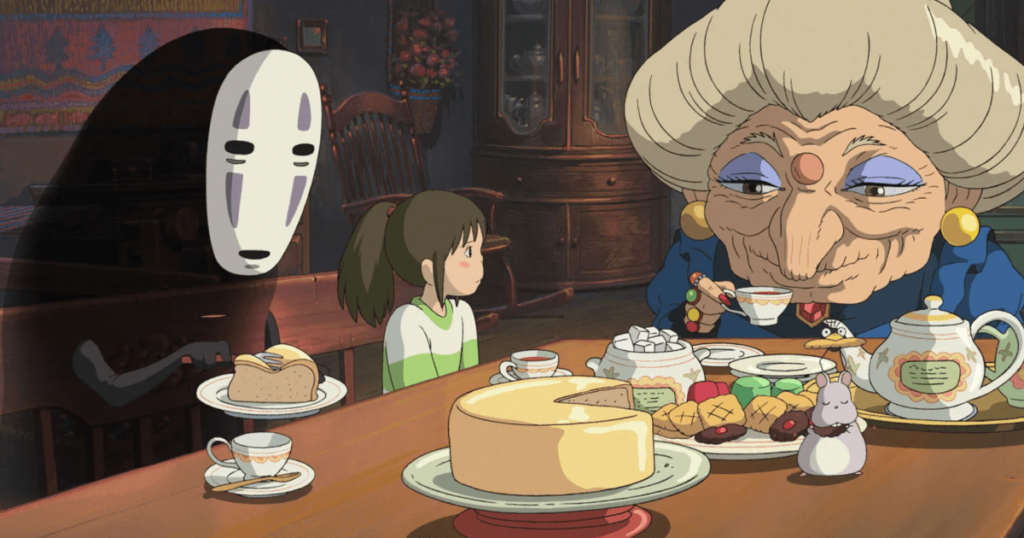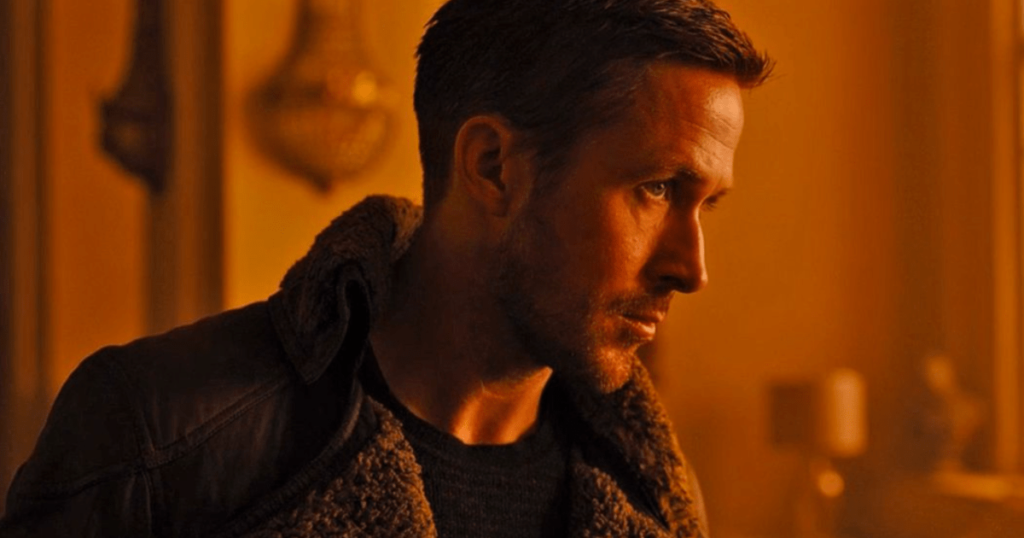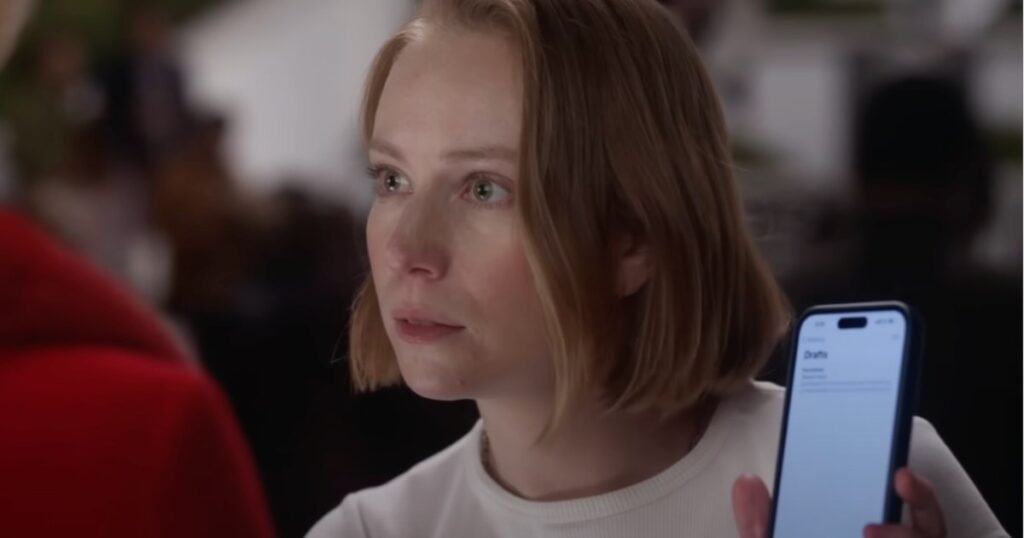Isaiah Saxon’s The Legend of Ochi is a film that builds an immersive world with detailed visuals and a gentle sense of wonder. A live-action fairytale with similarities to Studio Ghibli’s work, as well as films like E.T. the Extra-Terrestrial and Lilo & Stitch, Saxon’s debut feature is carefully crafted and heartfelt. While its narrative follows a familiar structure, its execution makes it an engaging experience, supported by strong cinematography, music, and performances.
Set in a secluded northern village on the island of Carpathia, The Legend of Ochi follows a young farm girl named Yuri (Helena Zengel), whose life is shaped by the strict warnings of her father, Maxim (Willem Dafoe). The villagers fear the Ochi, mystical creatures that live beyond the safety of their homes. When Yuri discovers a lost and injured baby Ochi, her curiosity and compassion lead her on a journey to return it to its family. Accompanied by the reluctant Petro (Finn Wolfhard) and her steadfast guardian, Dasha (Emily Watson), Yuri embarks on an adventure that challenges her understanding of the world.
The film’s story structure is conventional, sharing themes with classic “child and creature” bonds seen in many past films. However, Saxon’s direction brings attention to detail that helps keep the material engaging. The relationship between Yuri and the baby Ochi is central to the film, balancing moments of innocence with occasional tension. At times, it also feels similar to a child-friendly take on The Mandalorian, with the Ochi serving as an adorable, Grogu-esque figure that audiences can latch onto easily. The design for the Ochi is excellent, and people of all ages may want to take one home.
Cinematographer Evan Prosofsky establishes a richly textured world, capturing the misty forests, golden meadows, and twilight skies of Carpathia with precision. The film’s setting feels natural and atmospheric, and the Ochi creatures realized through a mix of practical effects and CGI, are integrated well into the environment. This is one of the most visually enchanting films of recent memory. Nearly all of it is dripping with life and color, creating a fantastical place that viewers may dream of stepping into. It’s marvelous to look at and has a story worthy of this tale.
David Longstreth’s score complements the visuals with a sense of curiosity and emotion. The music supports key moments without overpowering them, adding to the film’s atmosphere in a way that enhances this story. There’s a bittersweet texture that grounds this film. Although it does occasionally feel like yet another version of a story we’re familiar with, stories are generational. There were kids who grew up with E.T. at a young age, there were kids who grew up with Lilo & Stitch, and there were kids who grew up with How to Train Your Dragon. This could be that story for a new generation.
It helps that the film is anchored by young Helena Zengel in one of the best child performances of the decade. Zengel gives a natural and expressive performance as Yuri, bringing depth to her character’s curiosity and emotional growth. Yuri’s development from cautious to independent is portrayed with sincerity. Willem Dafoe’s portrayal of Maxim is steady and measured, presenting a father figure torn between caution and allowing his daughter to explore. Finn Wolfhard adds a few lighthearted moments as Petro and Emily Watson’s Dasha provide a grounded presence in the story.
The film’s world-building is effective, with Carpathia feeling like a place with its own customs, fears, and myths surrounding the Ochi. This contributes to the immersive quality of the story and helps the adventure feel meaningful. While the story follows a familiar structure, Saxon’s approach to visual storytelling and pacing helps it maintain interest. The film moves at a steady pace, allowing space for both quiet moments and more eventful scenes. Some elements feel predictable, particularly in the third act, but the film remains engaging through its presentation and performances.
One of the film’s more understated strengths is its exploration of fear and how it shapes perception. The villagers’ fear of the Ochi feels more rooted in tradition rather than direct experience, mirroring how societies can be driven by inherited caution rather than personal understanding. As Yuri learns more about the creatures, the film suggests that fear can often be misplaced or exaggerated and that curiosity and empathy are key to breaking cycles of misunderstanding. While this theme isn’t overly emphasized, it adds depth to Yuri’s journey and provides a thoughtful undercurrent to the film’s emotional core.
The Legend of Ochi is a well-crafted debut for Isaiah Saxon, featuring strong cinematography, an effective score, and a solid lead performance. Though it doesn’t introduce many new narrative ideas, its execution makes for an engaging watch. It feels like a live-action version of a Studio Ghibli movie with a splash of Pixar, and fans of those may appreciate its careful world-building and emotional moments. While not groundbreaking, this is a visually thoughtful and sincere film.
SCORE: 7/10
As ComingSoon’s review policy explains, a score of 7 equates to “Good.” A successful piece of entertainment that is worth checking out, but it may not appeal to everyone.
Disclosure: ComingSoon attended the New York International Children’s Film Festival for our The Legend of Ochi review.




